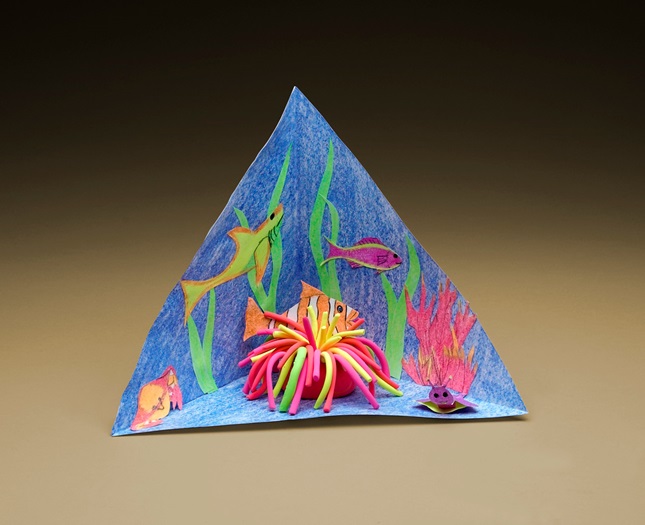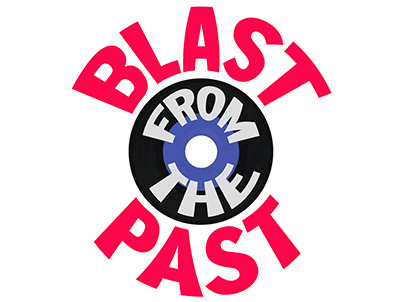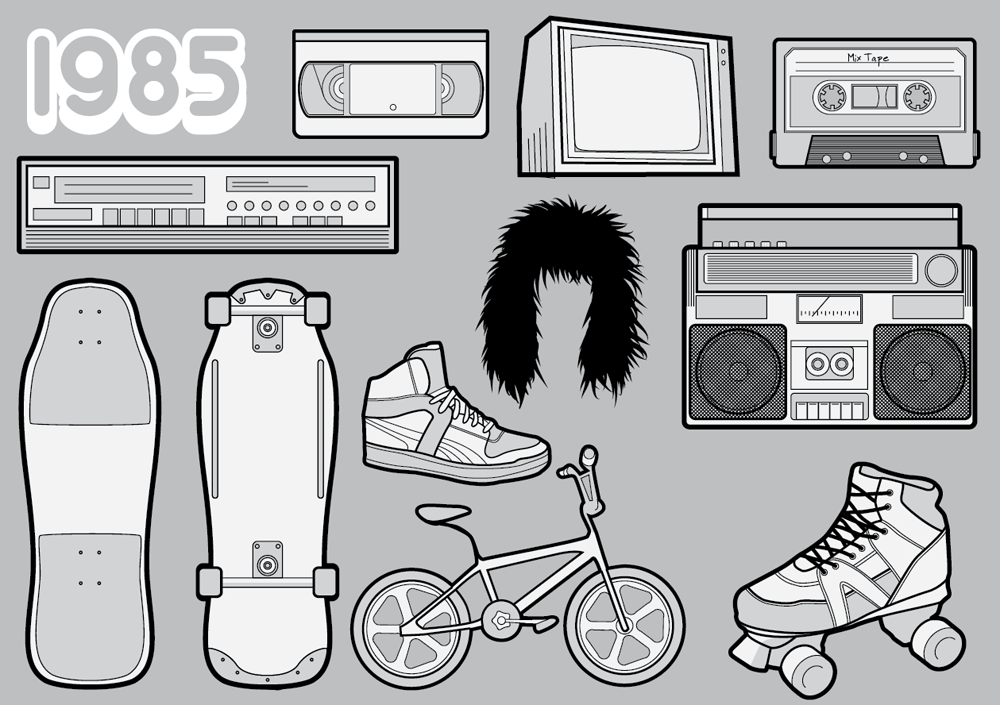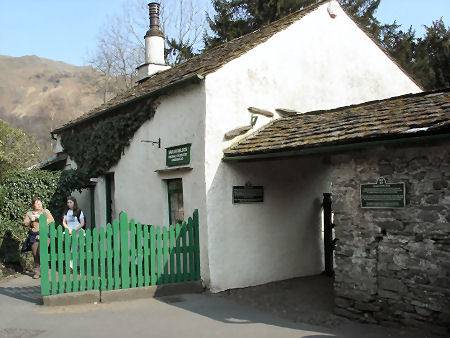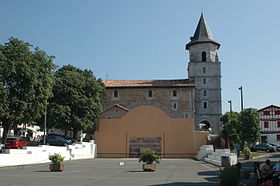We have had the brilliant fortune over the last year to work with WTSA to develop a DFE funded project to support teachers as they get to grips with the DFE POS and the learning objectives of the KS2 PoS.
Each term we have hosted and led a series of local network meetings around the designated NW area and had as a core theme "seasonal content" for whichwe have created packages of learning linked to the DFE POS Learning Objectives.If you are a teacher in the North West then you would be very welcome at our LNMs next term (Autumn 2015).The dates of the twilight meetings held in local schools during the first half term will appear here DFE Training Schedule
This term our theme has been "Going to the Seaside" .We try to share ideas that are suitable for beginners ,moving on and mofre advanced learneres.I have tried this year to share these ideas with a wider audience through my blog posts.The ideas and activities are intended to help primary and secondary teachers understand more about the approaches and types of activites which will support progress in primary language learning
Here are some of the activities "going to the Seaside" activities and the DFE POS Learning Objectives I think you can try to explore in more detail through the activities:
DFE POS LO: Explore the patterns and sounds of words
Seashell sounds and sand treasure hunts
(Thanks to Jo Shore for the pictures from her network meeting that she leads in Mid Cheshire.Brilliant!)
Fishing for letter strings and sounds
(Jo added additional ideas of her own with this game.I love this as it is about networking, growing and sharing etc)
DFE POS LO:Broaden their vocabulary and develop their ability to understand new words
DFE POS LO:Understanding basic grammar
Sandcastle Sentence Building
Jo tried it out in Italian too!
You may also like the following activities too:
DFE POS LO: Speaking and writing in full sentences
Under the sea triarama for speaking,writing and a puppet show
DFE POS LO:Describe people,places,things orally and in writing
Seaside geography comparison,verbs and sentence structure
An interesting way to not only look at the seaside and language about the seaside but also to compare two towns not far from each other- one is French (Biarritz) and one is Spanish (San Sebastian)
Now it's over to you!
How do you want to use these activities in your work around the theme of "Going to the Seaside"?
Or maybe... how do you want to to take the idea and change it to fit different content and contexts, but still explore the specific learning objective with your language learners?
Each term we have hosted and led a series of local network meetings around the designated NW area and had as a core theme "seasonal content" for whichwe have created packages of learning linked to the DFE POS Learning Objectives.If you are a teacher in the North West then you would be very welcome at our LNMs next term (Autumn 2015).The dates of the twilight meetings held in local schools during the first half term will appear here DFE Training Schedule
This term our theme has been "Going to the Seaside" .We try to share ideas that are suitable for beginners ,moving on and mofre advanced learneres.I have tried this year to share these ideas with a wider audience through my blog posts.The ideas and activities are intended to help primary and secondary teachers understand more about the approaches and types of activites which will support progress in primary language learning
Here are some of the activities "going to the Seaside" activities and the DFE POS Learning Objectives I think you can try to explore in more detail through the activities:
DFE POS LO: Explore the patterns and sounds of words
Seashell sounds and sand treasure hunts
(Thanks to Jo Shore for the pictures from her network meeting that she leads in Mid Cheshire.Brilliant!)
Fishing for letter strings and sounds
(Jo added additional ideas of her own with this game.I love this as it is about networking, growing and sharing etc)
DFE POS LO:Broaden their vocabulary and develop their ability to understand new words
DFE POS LO:Understanding basic grammar
Sandcastle Sentence Building
Jo tried it out in Italian too!
DFE POS LO: Speaking and writing in full sentences
Under the sea triarama for speaking,writing and a puppet show
DFE POS LO:Describe people,places,things orally and in writing
Seaside geography comparison,verbs and sentence structure
An interesting way to not only look at the seaside and language about the seaside but also to compare two towns not far from each other- one is French (Biarritz) and one is Spanish (San Sebastian)
Now it's over to you!
How do you want to use these activities in your work around the theme of "Going to the Seaside"?
Or maybe... how do you want to to take the idea and change it to fit different content and contexts, but still explore the specific learning objective with your language learners?







